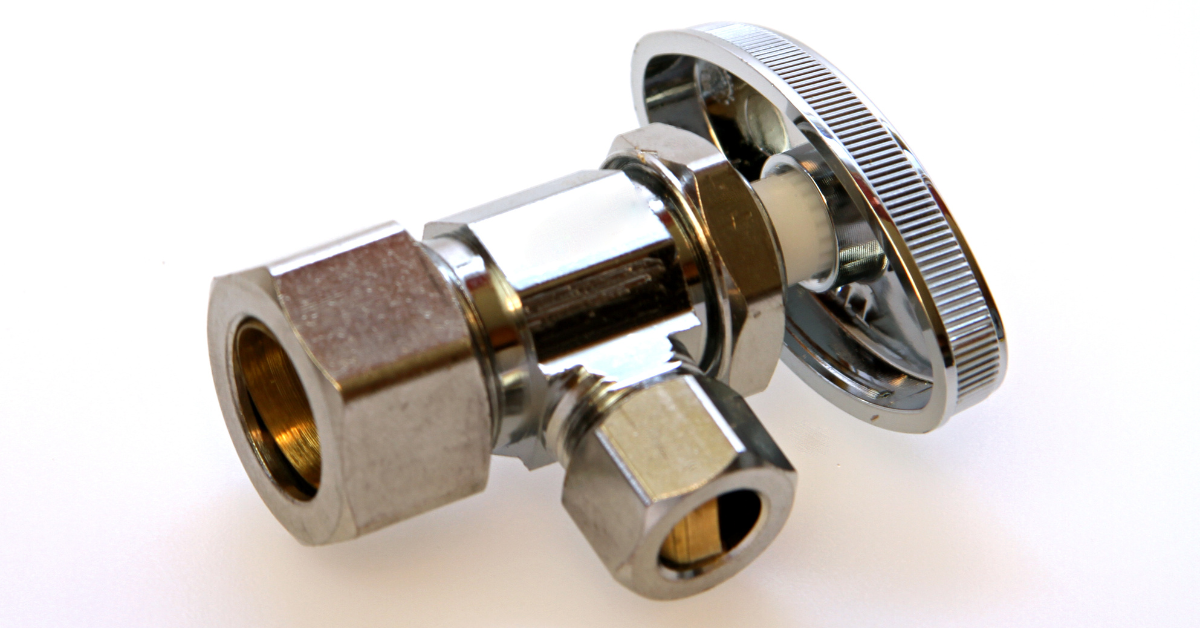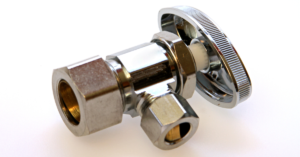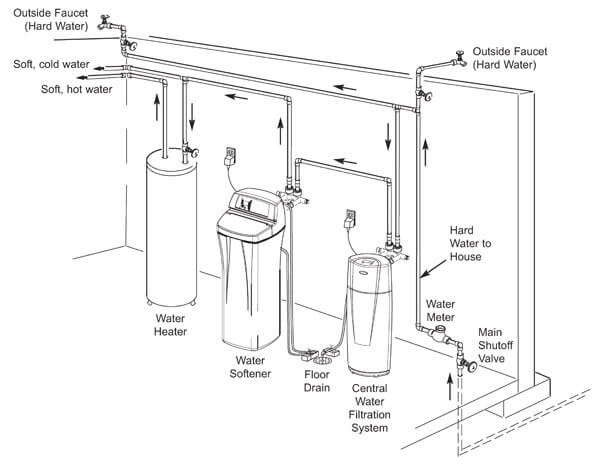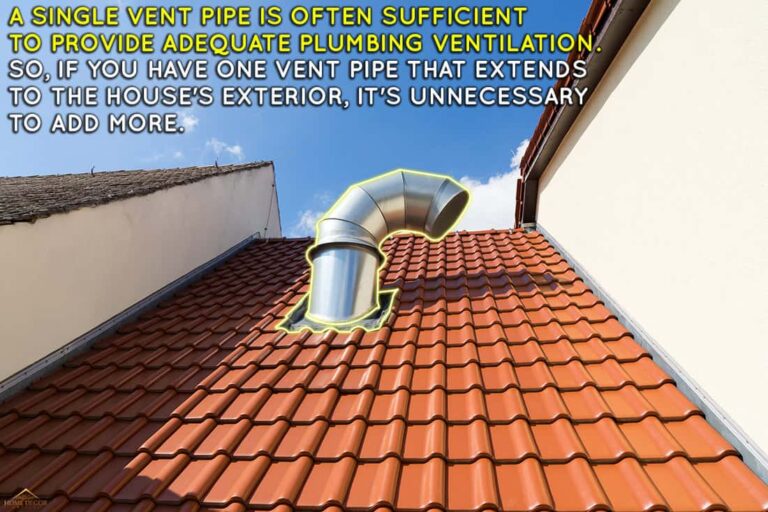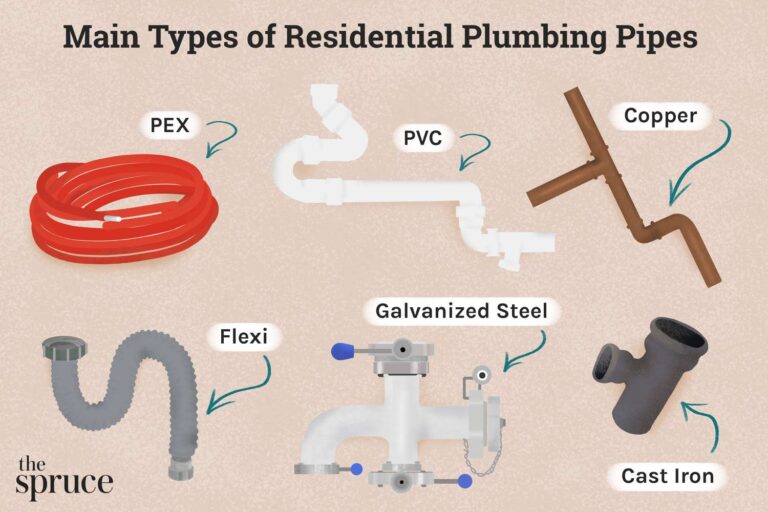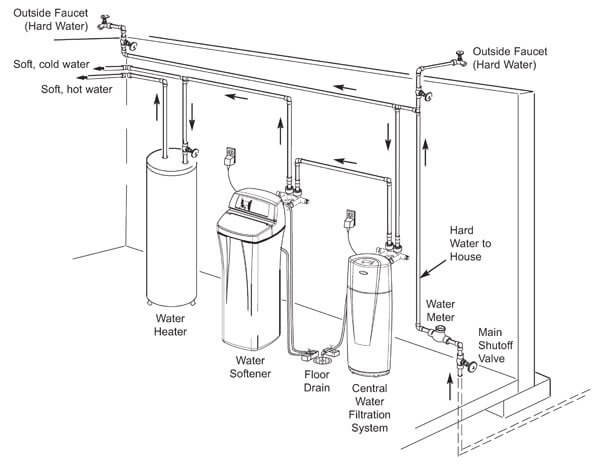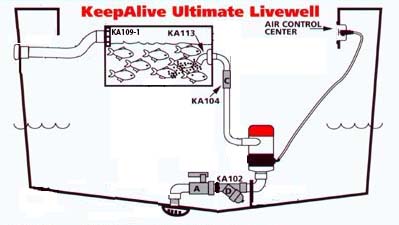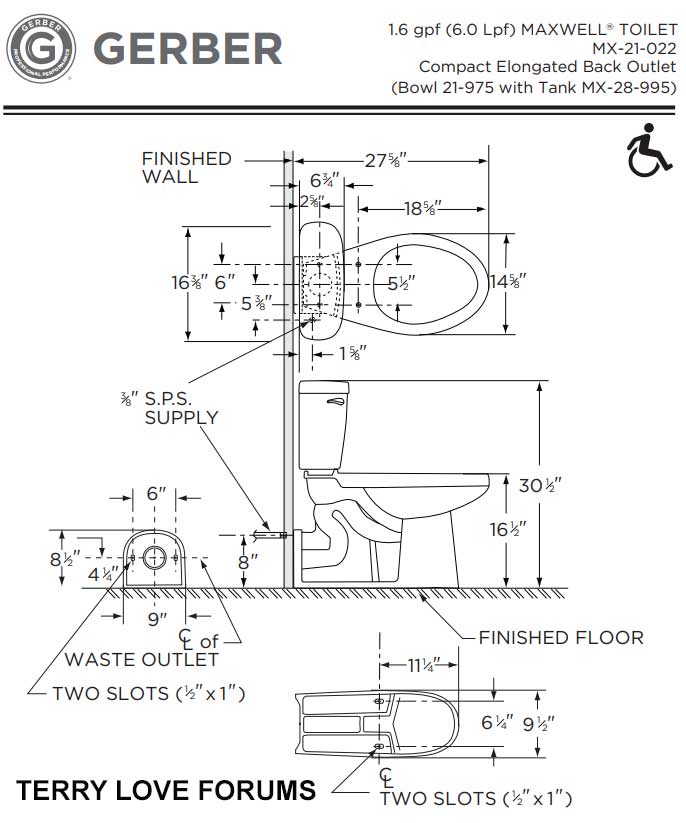What Is An Angle Stop In Plumbing?
An angle stop, also known as a supply stop, is an essential plumbing component that controls the flow of water in your home. It is a small valve located at the point where the water supply line meets a fixture, such as a sink or toilet. An angle stop can be used to shut off the water supply to the fixture, allowing you to make repairs or replacements without having to turn off the main water supply. It also helps to prevent water from accidentally spilling out of the fixture when it is not in use. Angle stops are made of durable materials that can withstand the wear and tear of regular use.
Definition of an Angle Stop
An angle stop is a plumbing valve that’s installed in the water supply line of a sink, toilet, or other plumbing fixture. It gives the user the ability to shut off the water flow to the fixture from the main supply. The angle stop is typically located behind the fixture and has two valves, one for hot and one for cold. By turning the valves, the user can quickly shut off the water flow, and when the valves are opened, the water flow resumes. Angle stops are an essential component of any plumbing system and are used to shut off the water supply in the case of an emergency.
Types of Angle Stops
An angle stop is a plumbing fixture that controls the flow of water from a water supply line to a faucet or toilet. Angle stops come in a variety of types, all of which have slightly different functions. Compression angle stops use a compression fitting to connect the angle stop to the water supply line and are the most common type of angle stop. Push-fit angle stops use a push-fit connector to join the angle stop to the water supply. Ball valve stops are a type of angle stop that use a lever to turn the water off and on, and are generally used for toilets. Quarter-turn angle stops use a quarter-turn handle to turn the water on and off, and are used for both sinks and toilets. Finally, angle stops with integral stops are a type of angle stop that have a built-in shutoff valve. No matter which type of angle stop you choose, it’s sure to provide you with reliable control of the water supply in your home.
Benefits of Angle Stops
An angle stop is a plumbing device that helps regulate the flow of water in your home. It is primarily used for controlling the flow of water from the main supply line to a fixture. Angle stops are beneficial for many reasons, including: they can help prevent water damage by controlling the flow of water; they are simple and easy to install; they help conserve water and save money; and they are available in a variety of sizes, shapes, and materials to fit any plumbing system. With the right angle stop, you can ensure that your water is flowing as it should, while also reducing your monthly water bill.
Installation of an Angle Stop
An angle stop, sometimes referred to as an angle valve, is a plumbing fixture used to control and shut off the water supply to sinks, toilets, and other fixtures. It is typically installed directly behind the wall or in the cabinet, and is operated by an external handle. Installing an angle stop is a relatively simple process. First, turn off the water supply, then cut the old valve and free it from the pipe. Install the new valve and align it with the pipe before securing it with nuts and washers. Finally, turn the water back on, test the new valve, and make sure it is operating correctly. With a few simple steps, you can have an angle stop installed and running in no time.
Maintenance and Troubleshooting of an Angle Stop
An angle stop (also known as a water shut-off valve) is an essential part of any plumbing system, as it allows the user to control the flow of water to a fixture or appliance. Regular maintenance and troubleshooting of an angle stop is essential to ensure it is functioning properly. Maintenance includes regularly inspecting the angle stop for signs of wear and tear, cleaning and lubricating the valve, and replacing any broken or worn parts. Troubleshooting should involve checking the water supply, checking the angle stop for leaks and ensuring the valve is fully open. Replacing the angle stop may be necessary if the valve is worn out or malfunctioning. With regular maintenance and troubleshooting, an angle stop can be a reliable source of water control for many years.
Alternatives to Angle Stops
Angle stops are a great option for controlling the flow of water to fixtures in a plumbing system, but what other options are available? Consider a quarter-turn ball valve. This type of valve is easy to use, and is often made from brass or stainless steel. Another option is a gate valve. This type of valve uses a gate to regulate the flow of water, and it is more reliable than an angle stop since it can be repaired if needed. Finally, a pressure-balanced valve can be used to maintain a consistent water pressure, and is an excellent choice for high-pressure plumbing systems. All of these alternatives to angle stops may provide better performance and long-term reliability.
FAQs About the What Is An Angle Stop In Plumbing?
Q1: What is an angle stop in plumbing?
A1: An angle stop in plumbing is a shut-off valve that is installed on a water supply line to allow for easy access to shut off the water supply to a specific fixture or appliance.
Q2: Where is an angle stop typically located?
A2: An angle stop is usually located on a wall near the fixture or appliance it is servicing.
Q3: What is the purpose of an angle stop?
A3: The purpose of an angle stop is to provide easy access to shut off the water supply to a specific fixture or appliance, such as a sink or toilet, in the event of a plumbing emergency.
Conclusion
An angle stop in plumbing is a type of valve that is used to control the flow of water from a supply line. It is typically installed at the point where a water supply line meets a fixture such as a faucet or toilet. Angle stops are typically made of brass or plastic and are often used to shut off the water supply to a particular fixture or appliance. They are a vital component of any plumbing system and are essential for controlling the flow of water.

